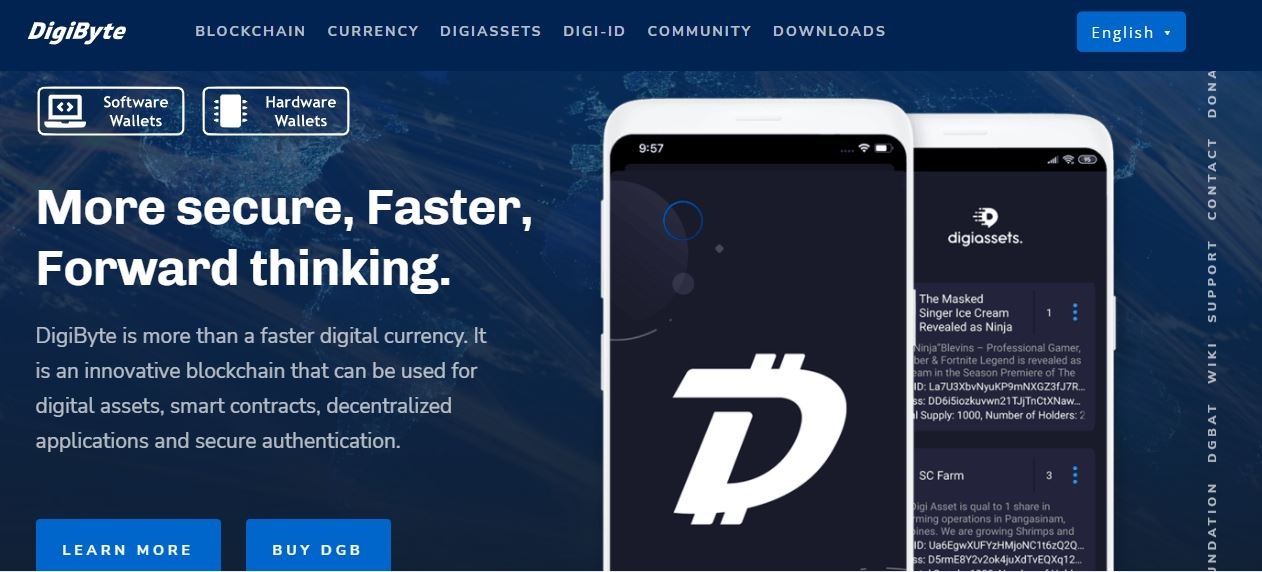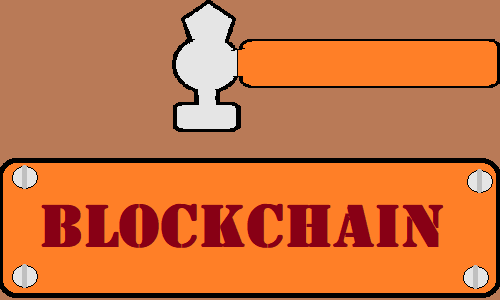Since 2017, the digital asset has gained much popularity because it has taken off the hurdles in payment processing faced by individuals and institutions. Now, money can be transferred in a jiffy, easily at a cheaper rate from person to person. Reports show that billions of dollars can be transferred within minutes at the least cost per transaction, and the new technology that enables this peer-2-peer transfer is known as the blockchain.
Blockchain has so many applications that enable its functions since this is a new technology, but many people do not know how all these work. This technology is adopted by so many big companies around the globe for different functions other than the creation and transfer of cryptocurrencies.
The blockchain is used for data protection and security, its nature supports how important testing and testers are. So as a tester, you need to be knowledgeable about testing applications in this new technology, which may affect your new opportunities and current skills
.
What new skills are needed to test applications built on blockchain technology will be outlined in this article, to enable you prepare yourself for testing.
Before looking at the testing techniques, we will first explain what a blockchain is.
What is Blockchain Technology for Beginners?
If you are new to testing blockchain technology, it would be good for you to know what blockchain is all about. It is a technology that enables a simple way of transferring information from peer-2-peer in an automated and safe manner.
A party initiates a transaction process by creating a block, which will be verified at the same time by thousands or millions of computers operating within the network. The verified block will be added to a chain stored across the network, creating a unique record without any central authority.
It uses a shared immutable ledger where information stored is made visible for everyone to see.
Now that you know what blockchain is, we would be looking at blockchain testing which will enable testers to understand what is expected of them.
What is Blockchain Testing?
The blockchain is a list of records that continuously grows as more transactions are done, the records are called blocks which are connected in a network secured with cryptography. Evey existing block contains a hash pointer that links it to a previous block, transaction data, or a timestamp.
Blockchain technology uses an unchangeable protocol or rule known as the smart contract which stays permanent once deployed.
When a new block is added to the blockchain, it remains permanent and any change made will alter the whole set of blocks.
Testing is checking to ensure that every block is added in the right way since it cannot be changed once it is added.
At times a manual transfer of data is required when there is a need to update a version of an already existing contract to eliminate bug production. This demand supports that proper testing of blockchain applications should be considered.
So many types of blockchain applications are being launched in different industries, testers need to have the knowledge needed in testing these applications to avoid issues and challenges.
How do You Test the Blockchain Applications?
How to conduct a test on the blockchain applications depends on what is needed to be tested. But the main point here is trying to ensure the perfect functionality of blockchain applications, the most popular method of conducting blockchain testing is the shift-left approach.
This involves carrying out various types of tests at the early stage of blockchain development. It is very important to perform testing at the early development lifecycle to reduce the number of defects that could be found in the app’s lifecycle in the future which may pose a danger to the business.
What Types of Testing are Performed on Blockchain Applications?
Different types of testing can be done to ensure the good performance of applications based on the blockchain.
1. Performance Testing: This test identifies all the performance issues, suggests how to handle them, and reviews if the application is ready to be launched.
2. API Testing: The application Performance Interface test is performed to determine the level of interaction between the application in the blockchain ecosystem. It checks the level of response and management of API requests.
3. Node Testing: This test is carried out to ensure the smooth cooperation of diverse nodes on the network by conducting tests individually.
4. Functional Testing: This test is to evaluate the work of different protocols of the blockchain like the smart contract.
5. Unit Tests: Developers need to ensure the performance of their codes, this test will help developers know if their code is performing correctly. And the level at which it is performing, the lowest and smallest part of the functionality. It is to ensure the application catches so many of the bugs at the early stage of development.
6. Integration Test: This test enables developers and test engineers to ensure their codes communicate between different components, such as the internal and external systems like the database.
7. UI Testing: User Interface testing is performed to ensure that the end-users have a good experience, like having the right feedback from the application when it does not perform well.
8. Smart Contract Testing:
This involves validating the methods, verifying the boundary value, and verifying the conditional statement. The smart contract validation should be sent to another system via a distributed ledger. A software tester should first conduct a unit test for all the APIs for the smart contract individually and also integration testing.
What to Test in Blockchain-Based Applications
Testing applications built on blockchain is important but what is more important is knowing what to test. A software tester needs to know this to be effective. I have listed the types of testing required, here are the things that need to be tested.
How Blocks Are Added to the Chain
The process in the blockchain is that every time transactions are processed by different computers in the network, and a block is formed, it will be added to the chain once its validity is authenticated. Testing is required to ensure that there is no leak in the block addition system, that the block is added only when it has been authenticated.
The Size of the Block
The blockchain is the technology that powers cryptocurrency like bitcoin, since the creation of bitcoin, the block size has changed. The maximum block size is 1 megabyte but after the introduction of bitcoin, the average size came under 30 KB for the first one and a half years. By December 2017, the block size came down 1 KB, so testing is required to ensure the block size is not more than 1 KB.
The Load
The level of loads affects the blockchain performance, which reduces as the load increases. A lot of people are on the blockchain, this makes it necessary for the load to be tested. Presently, bitcoin runs at 3–7 transactions per second but the transaction may even increase and the load will also increase.
The Chain Size
The chain size has no limit but it is necessary to test the performance and function. Bitcoin chain size keeps increasing by the day as more and more people adopt the use of digital currency.
How Data is Transmitted
Data is transferred from computer to computer, so it is important to test how the transmission process is working. If data is received at the other end, when it is sent, to ensure there is no loss of data.
Security
This kind of testing is important to avoid hacking. So many computers are involved in the blockchain transaction, it may be difficult to maintain security. There is multiple layered security, if one is hacked, it may be difficult to stop the transaction. So testing is important to ensure one security layer doesn’t affect the other.
Cryptography
Cryptography drives blockchain technology, testing is required to ensure cryptographical data. This means that data should be well encrypted and decrypted.
In all, testing is inevitable in the blockchain just like any other aspect of technology. It also helps to enhance functionality and useability. Blockchain functions are such that increase as the level activity increases. Not testing will result in a lot of backlogs and slow function. Every tester needs to understand how things work and follow the right guidelines.







